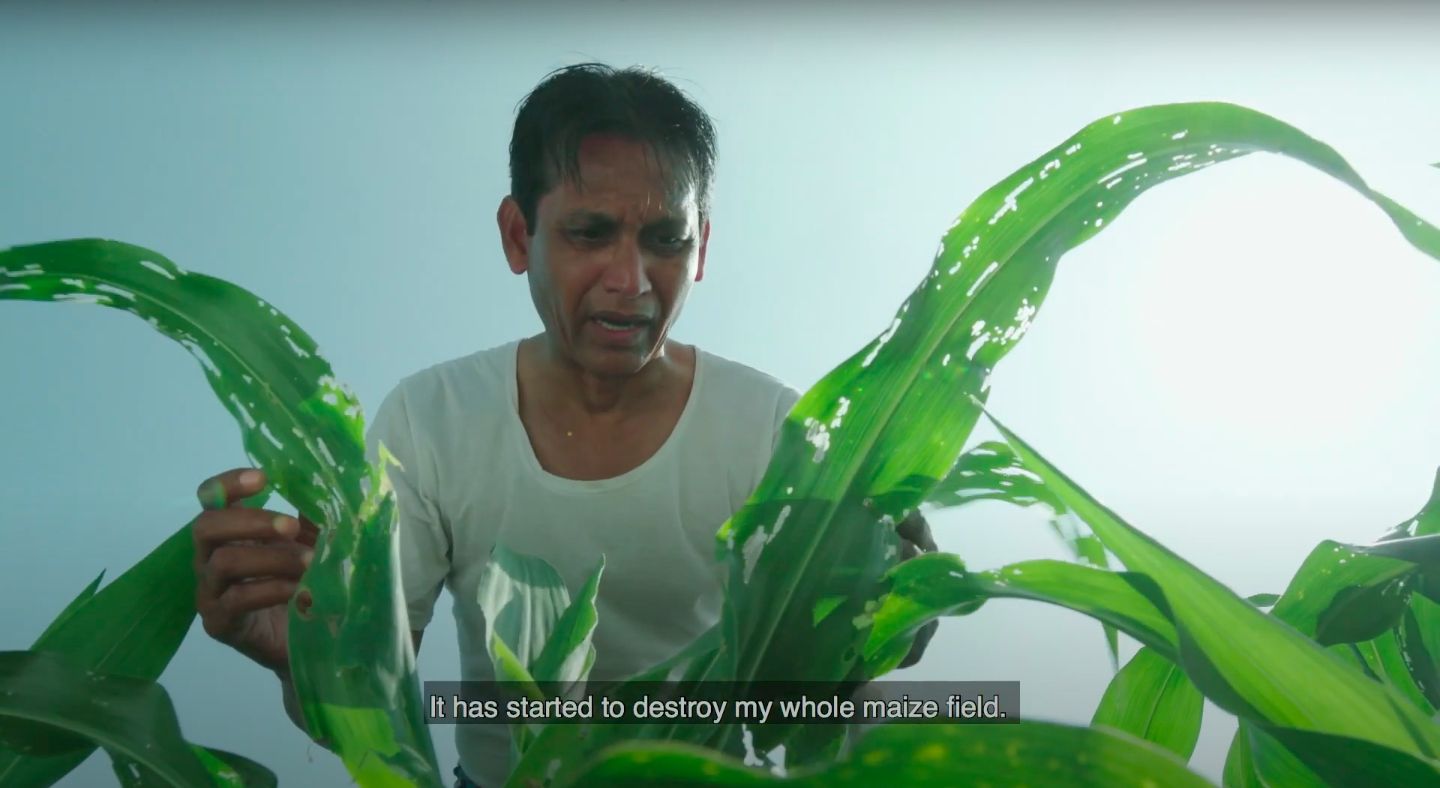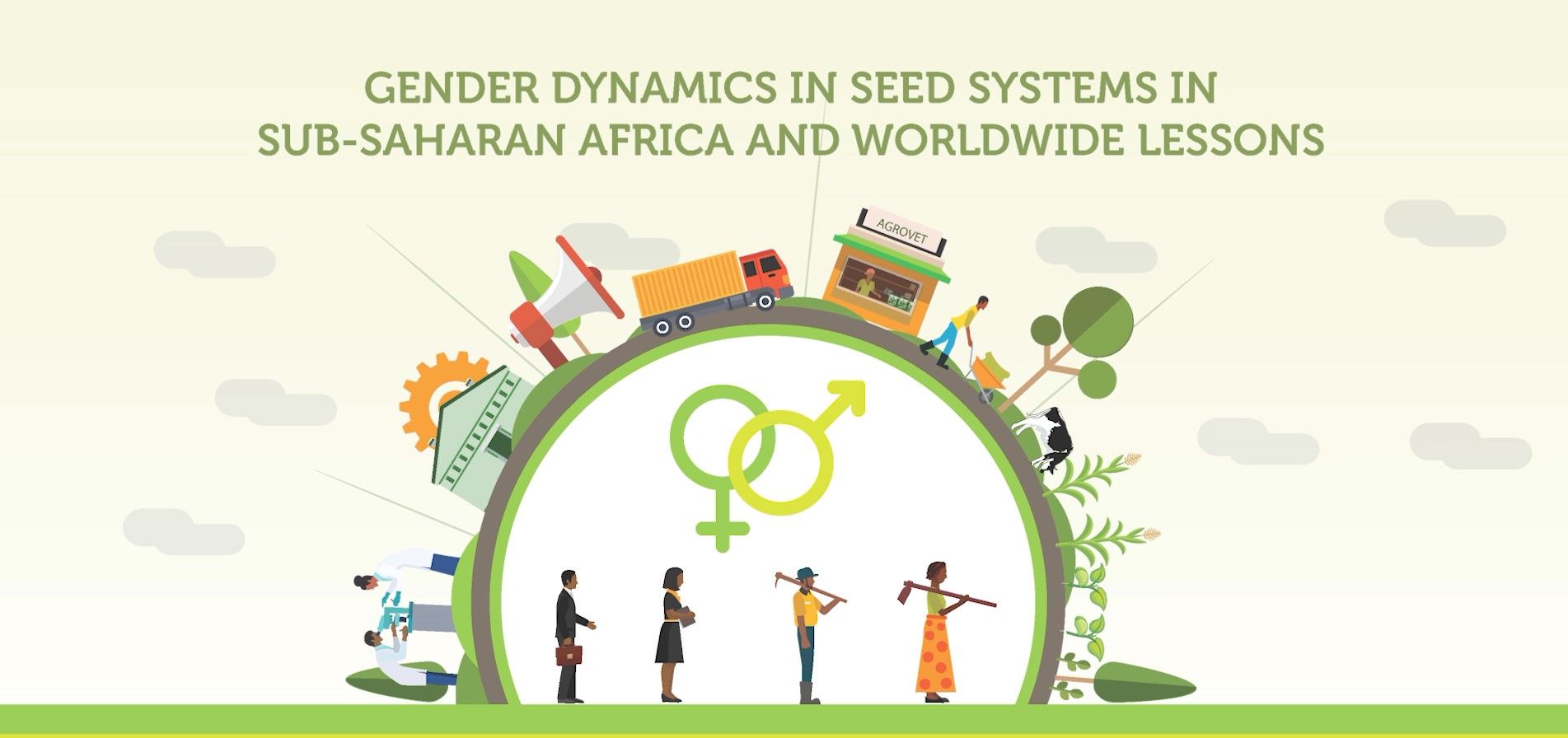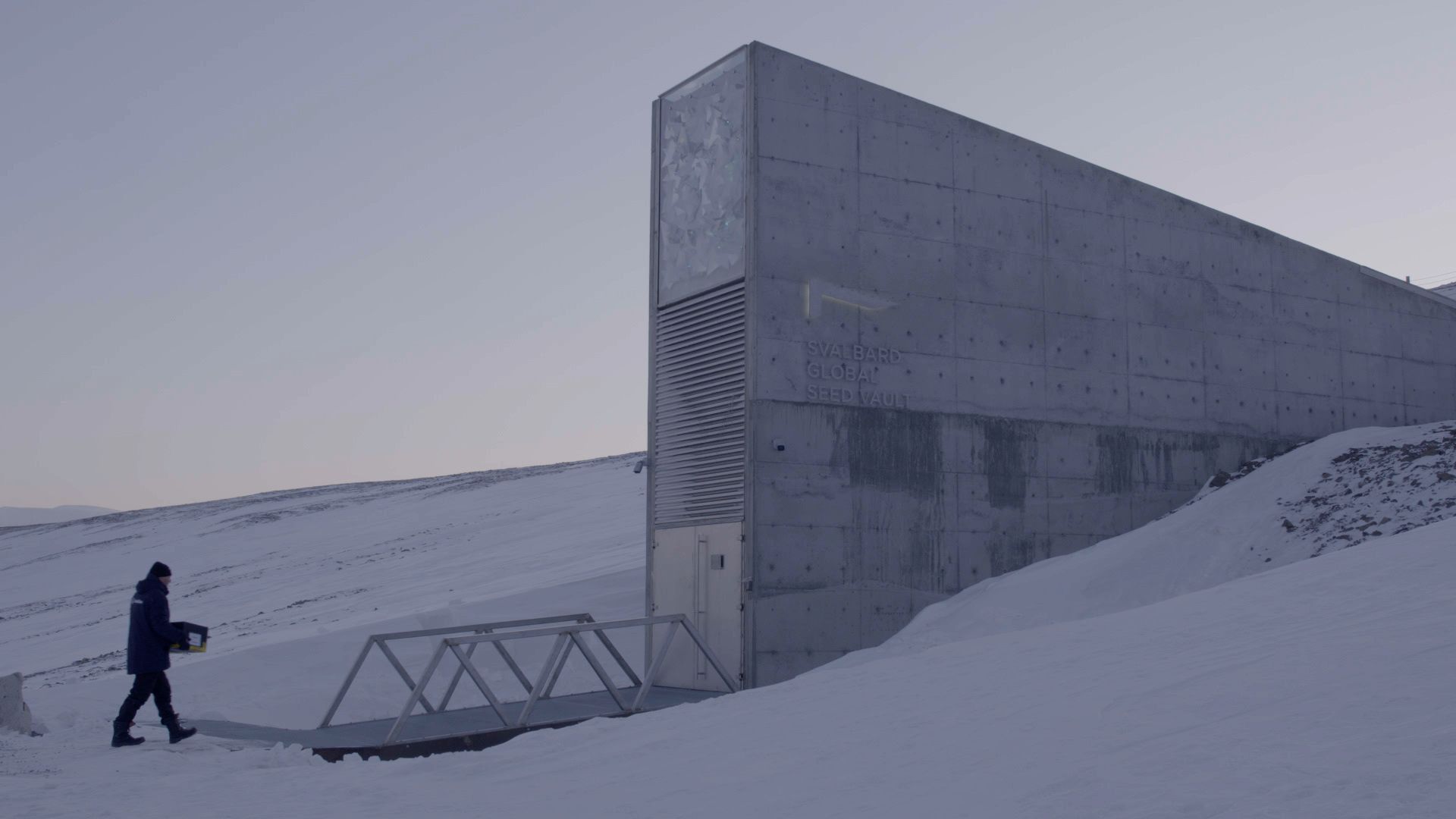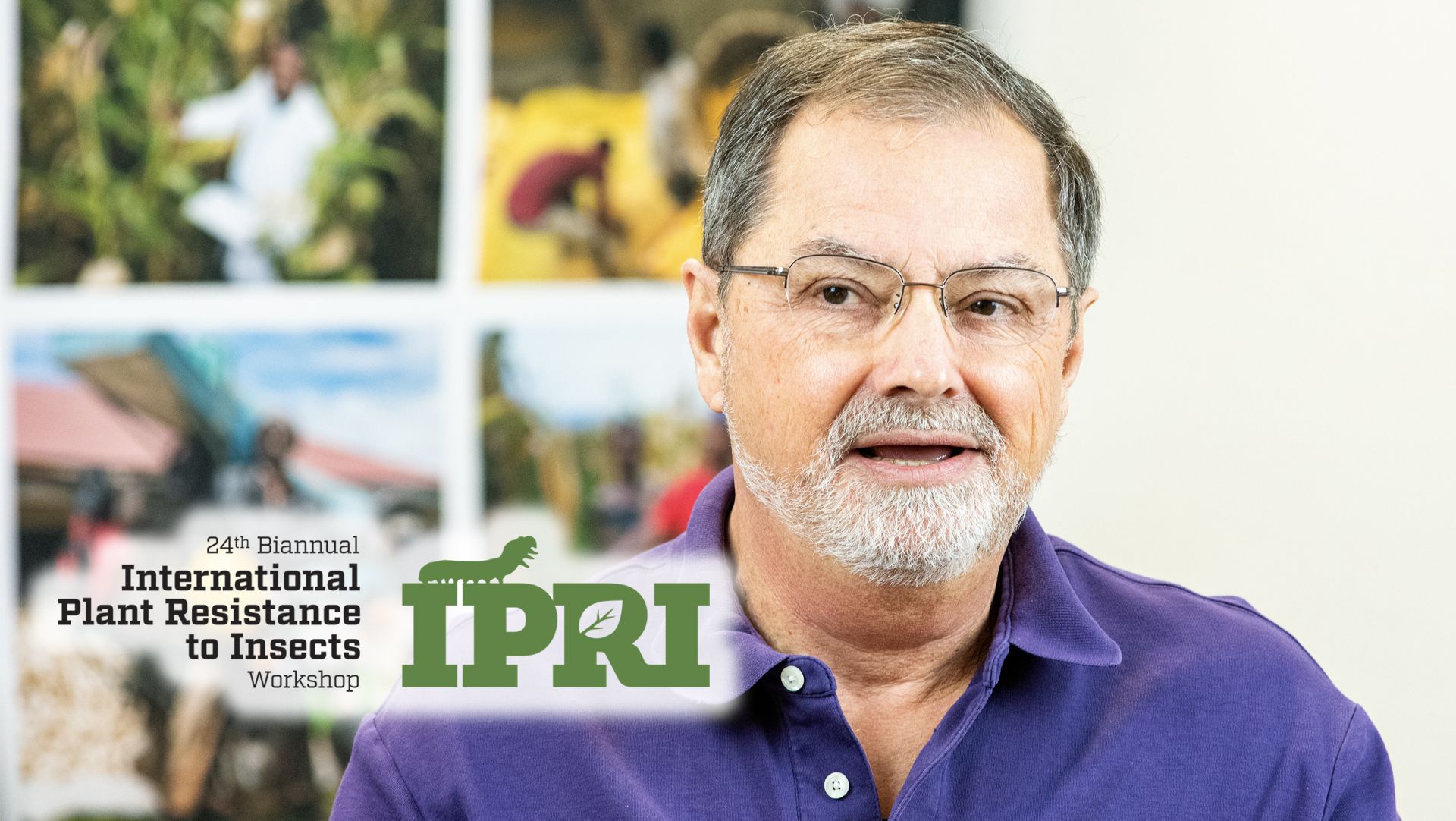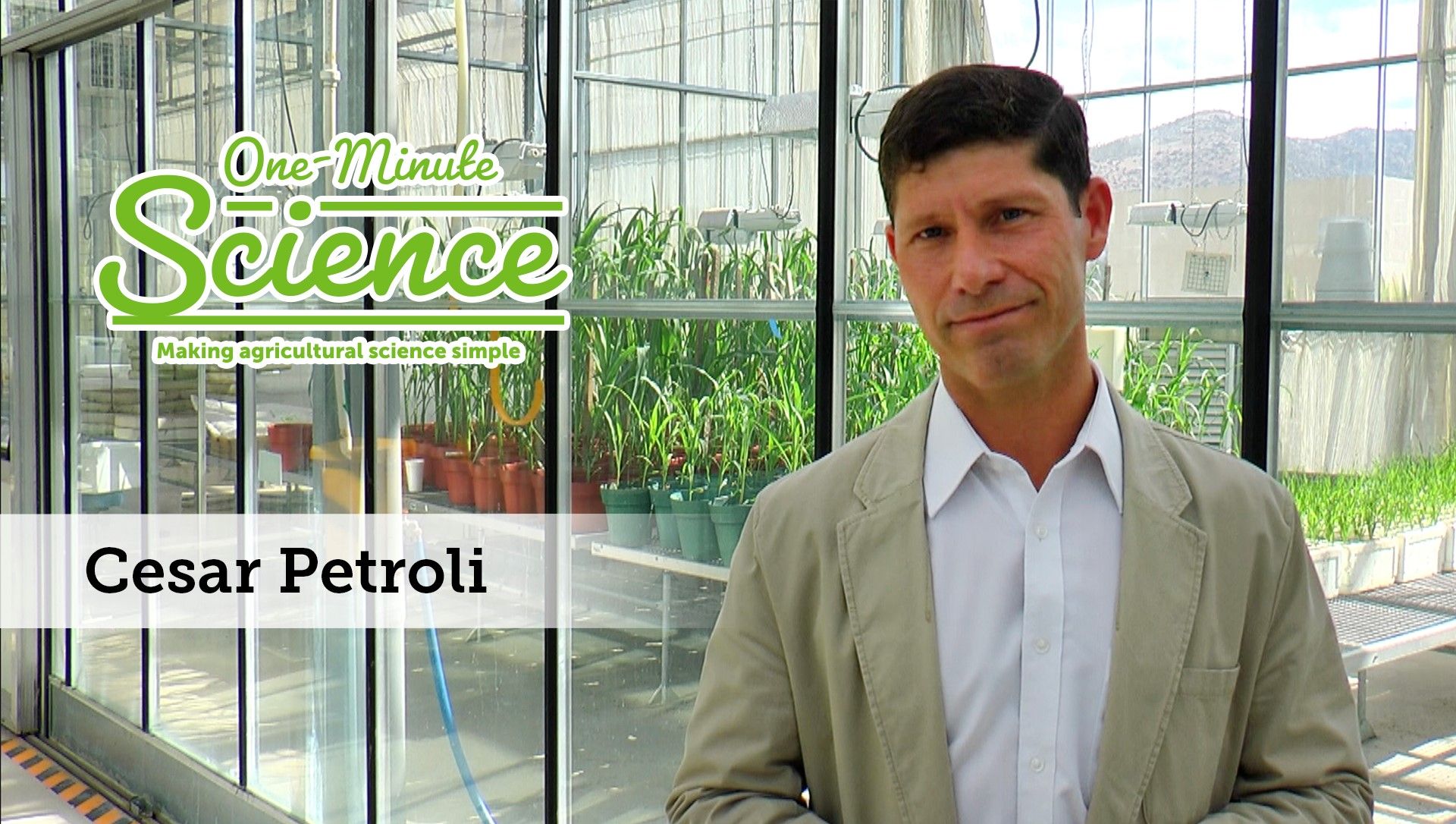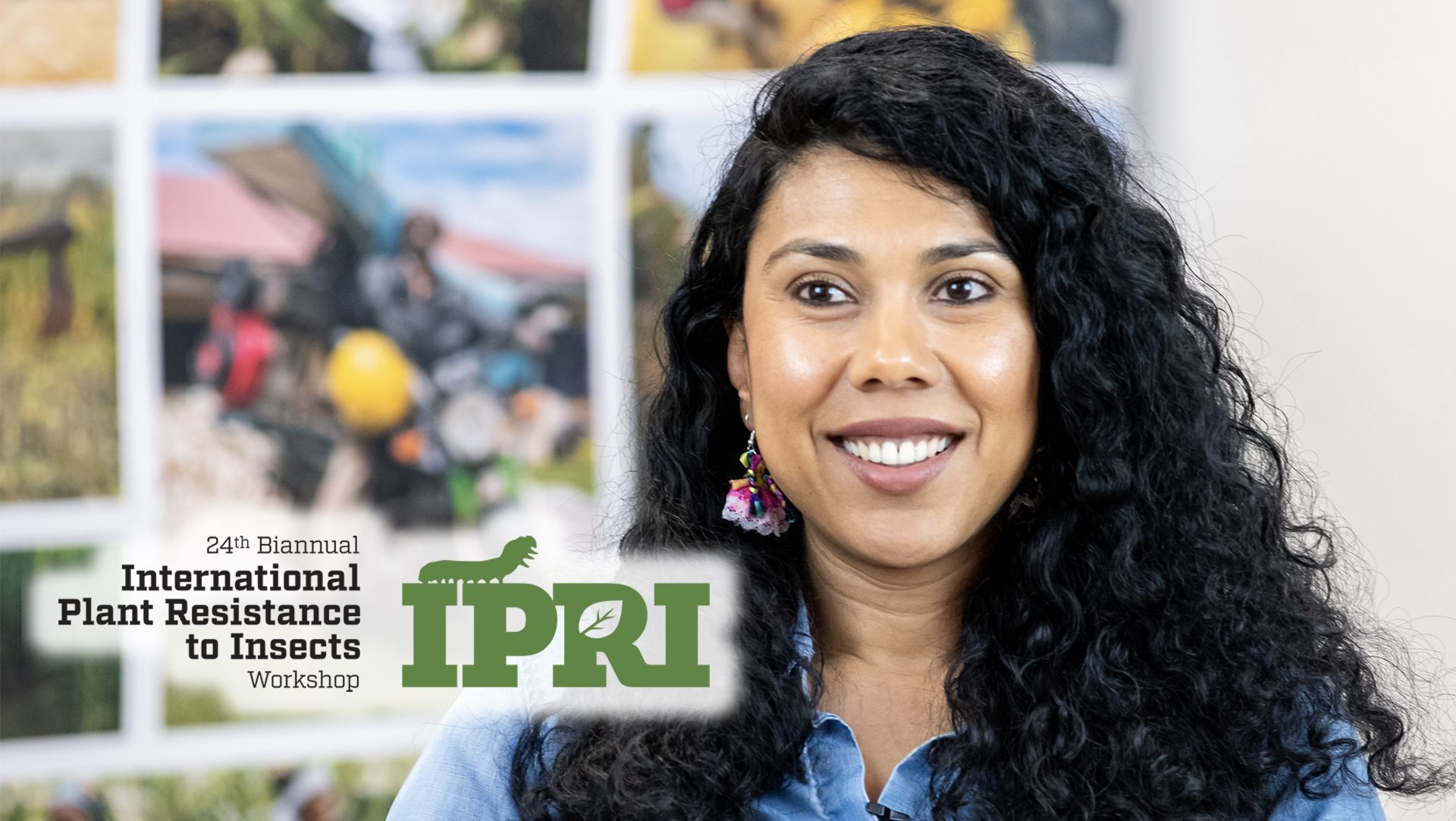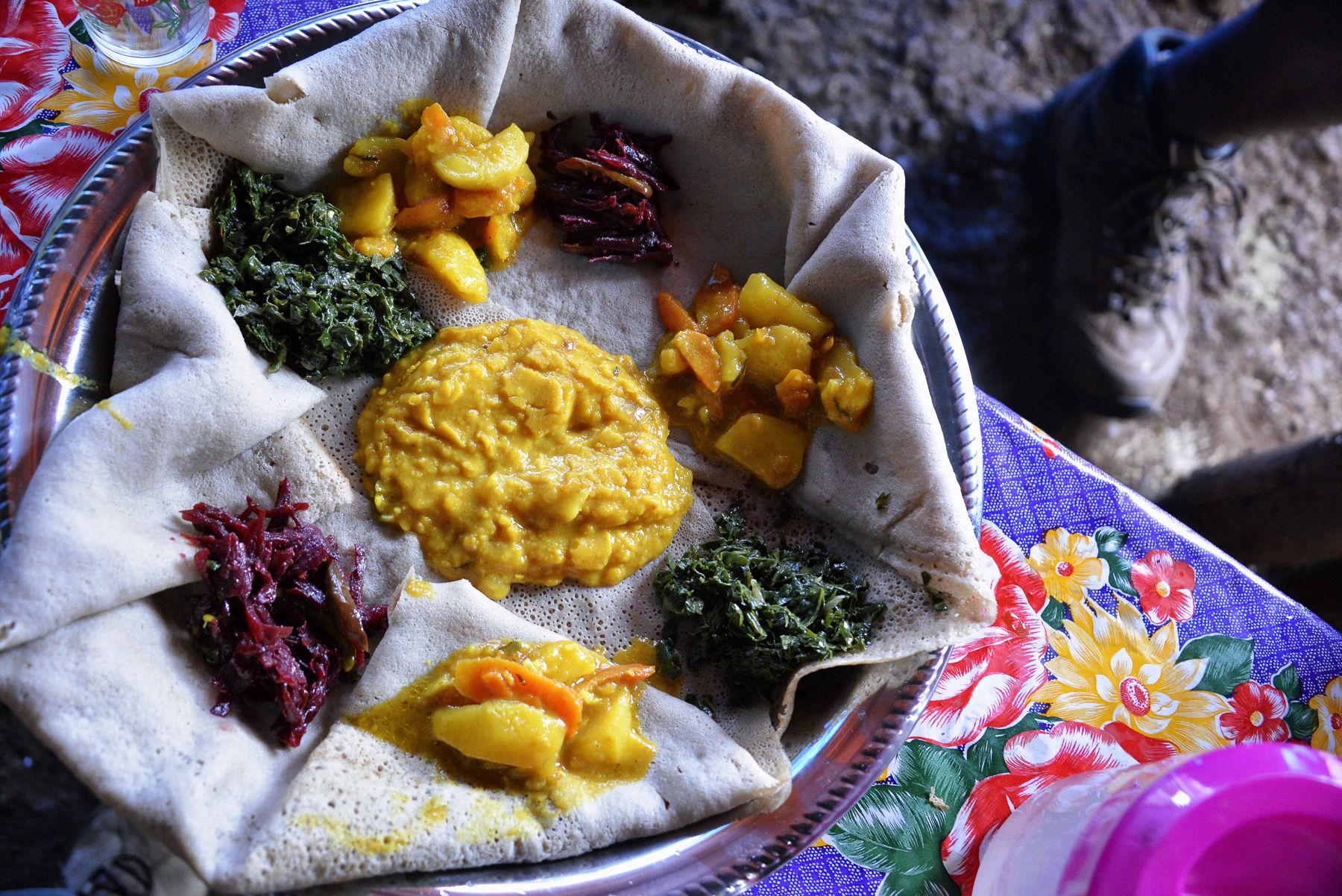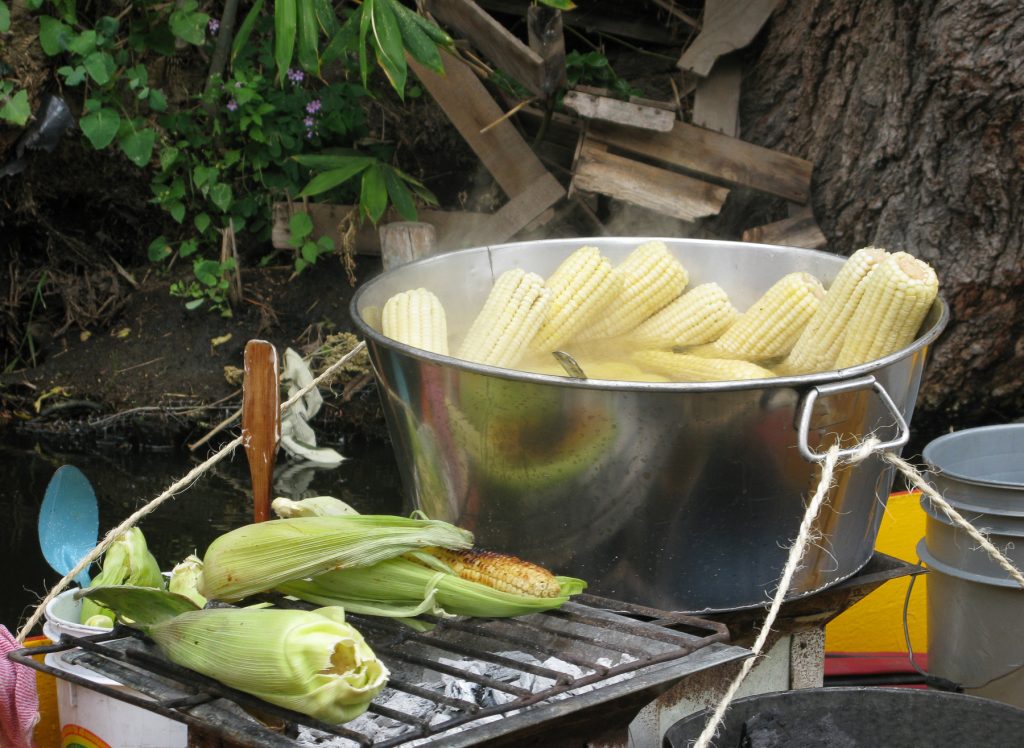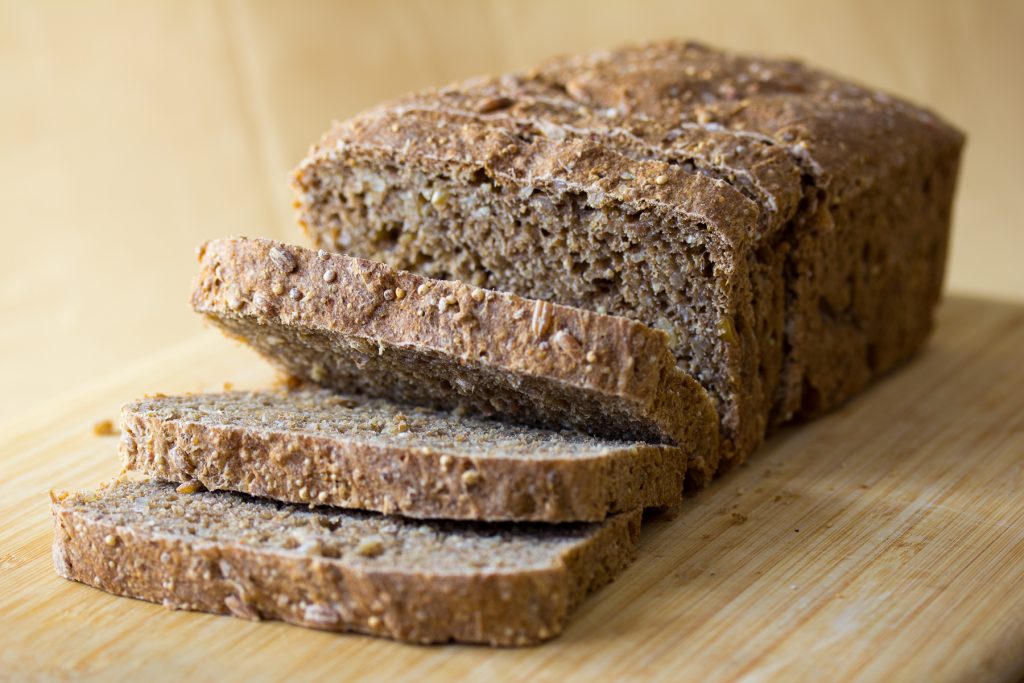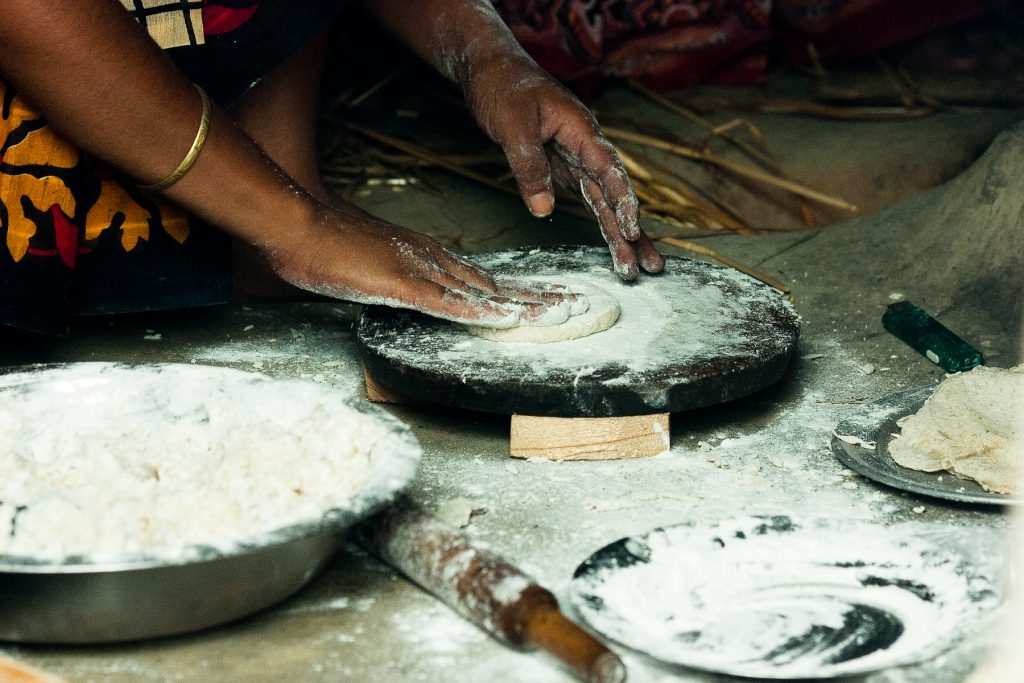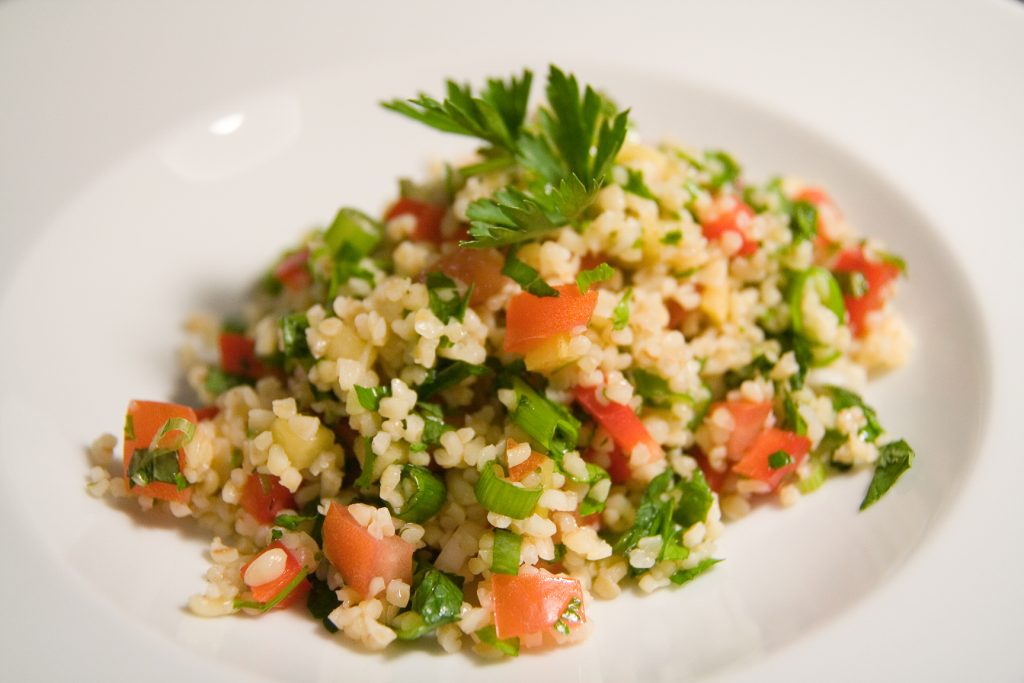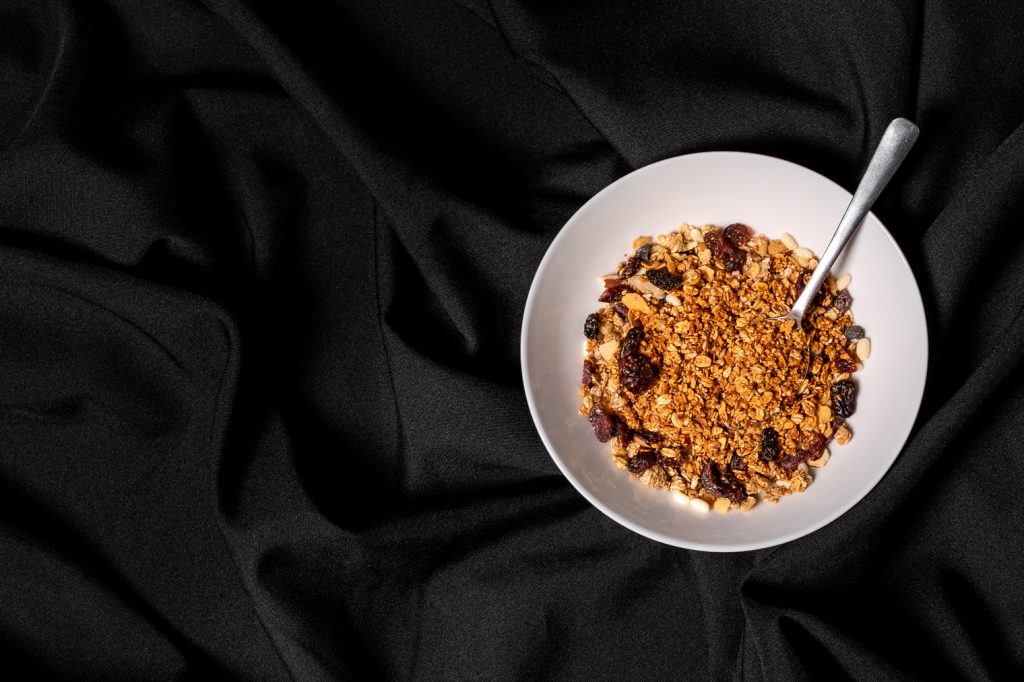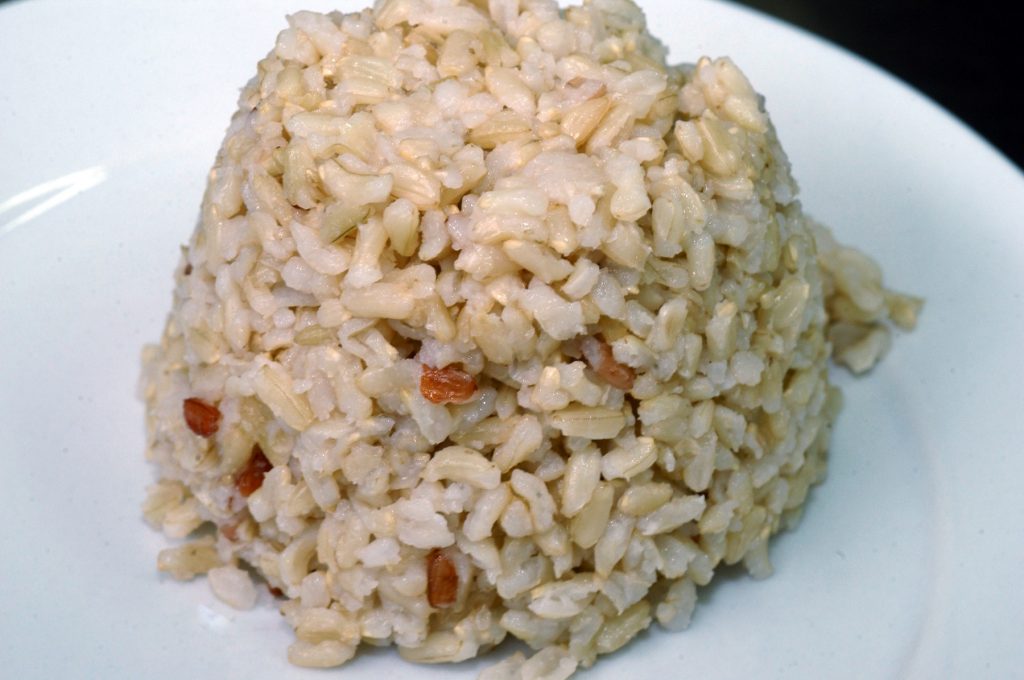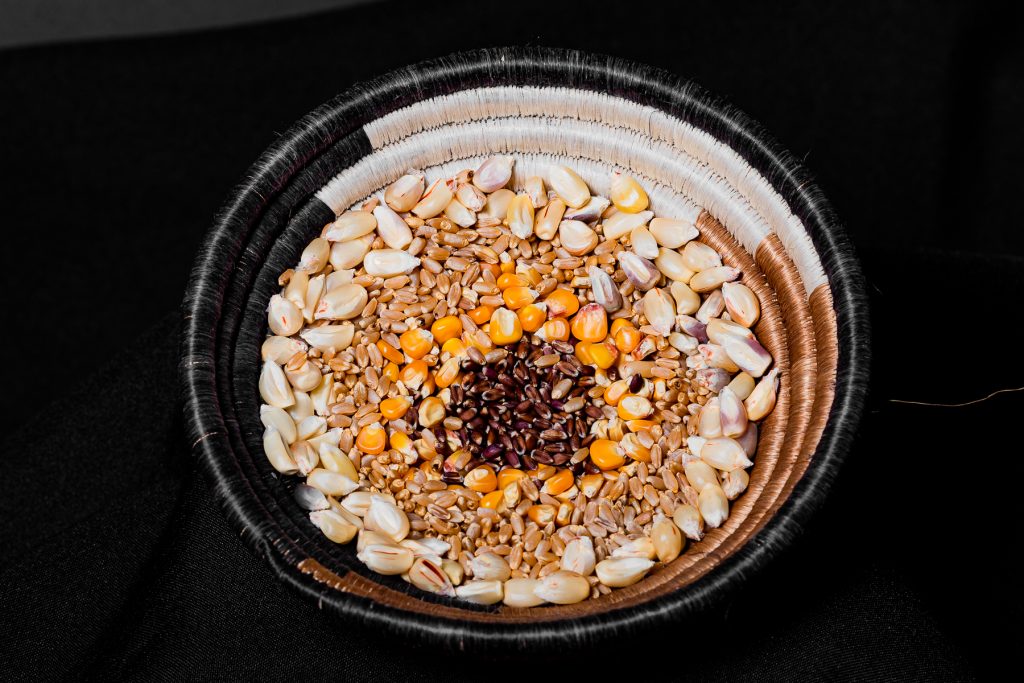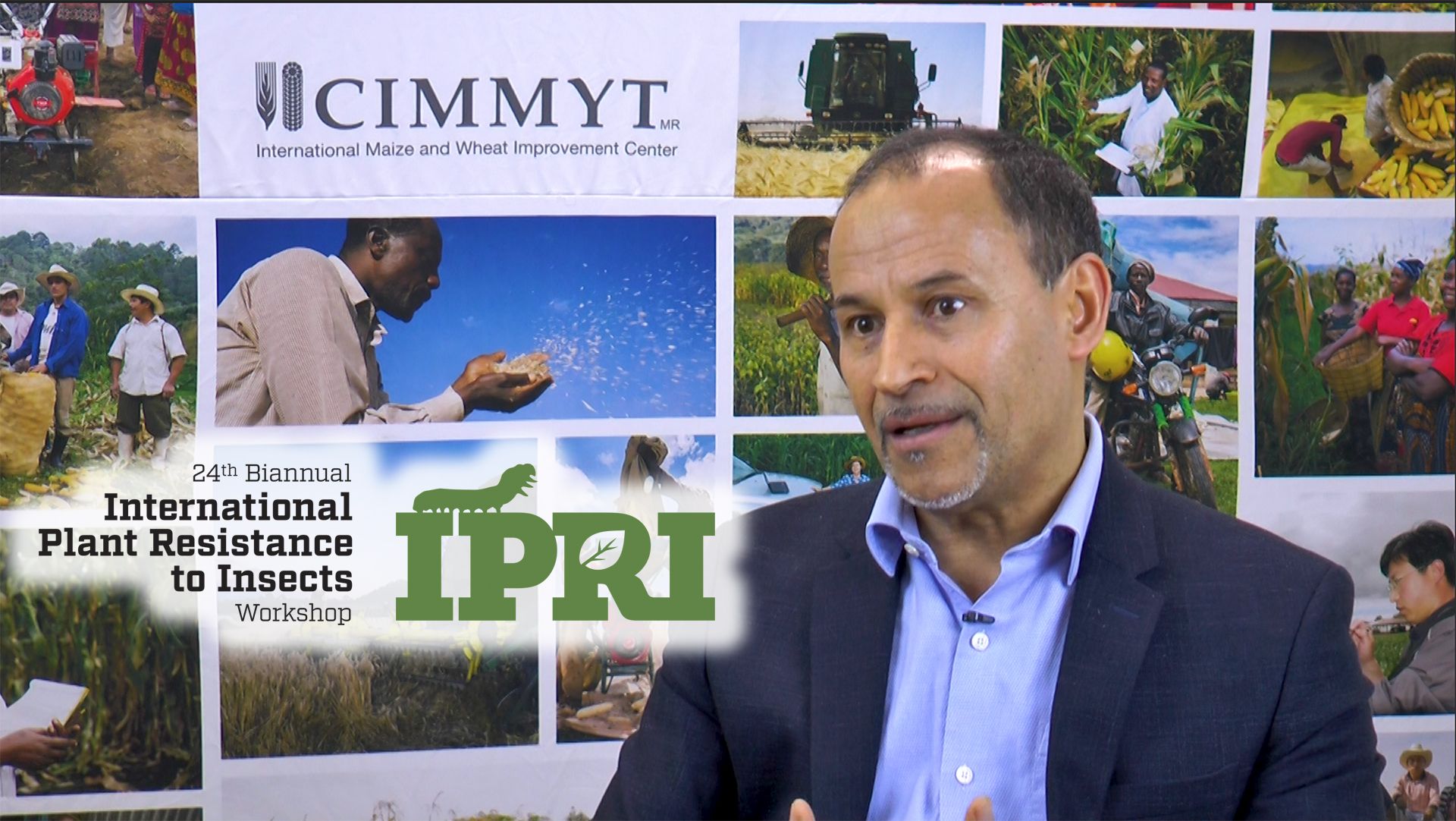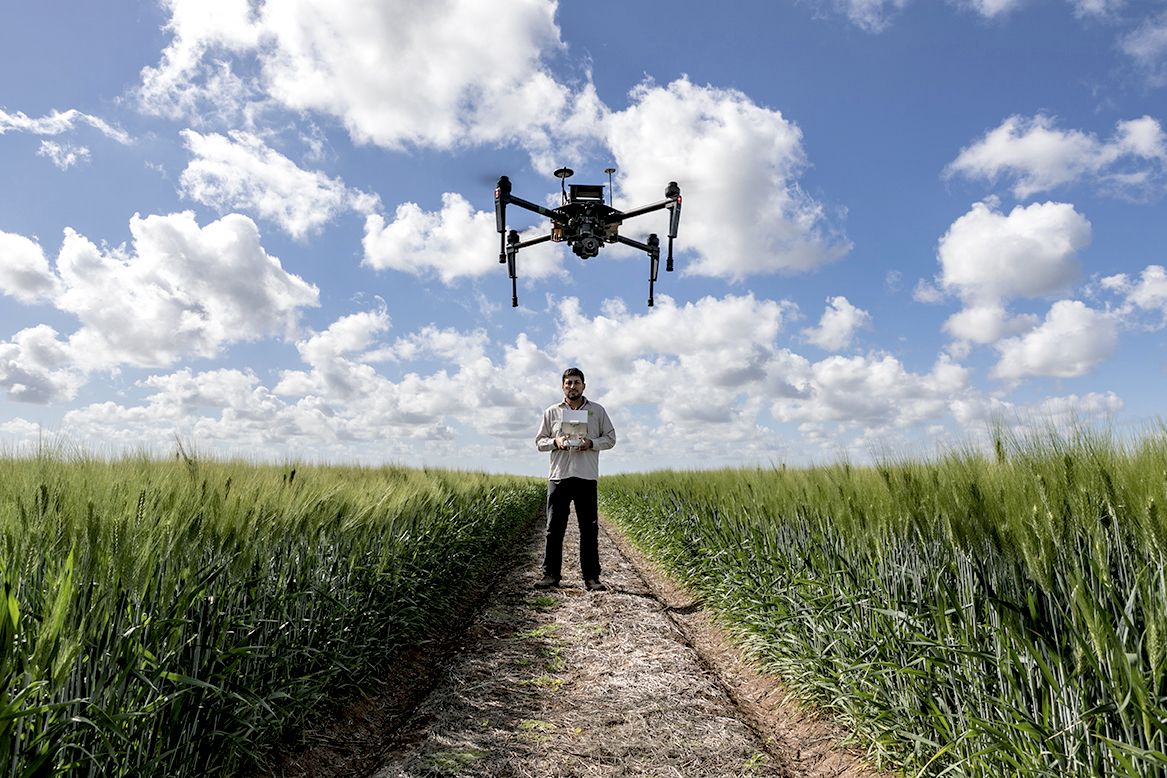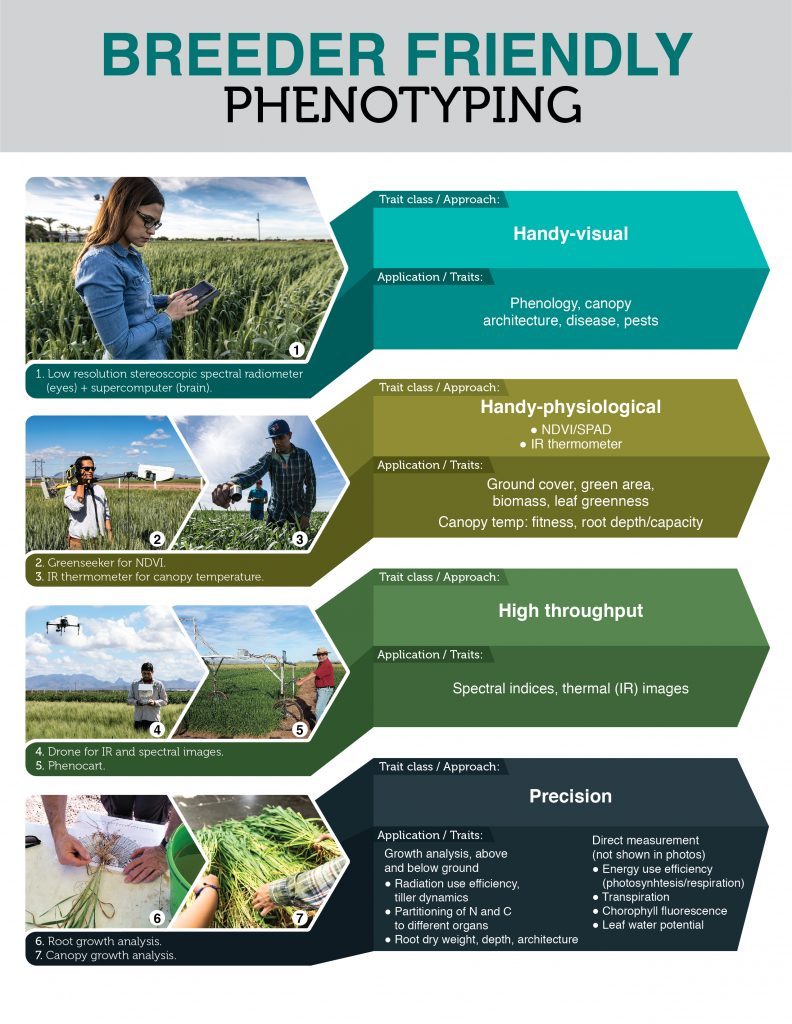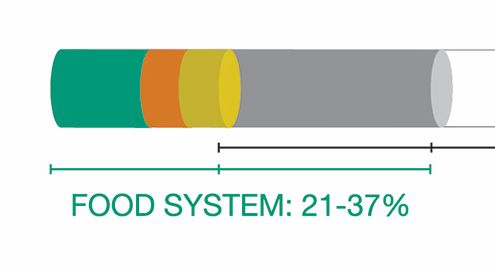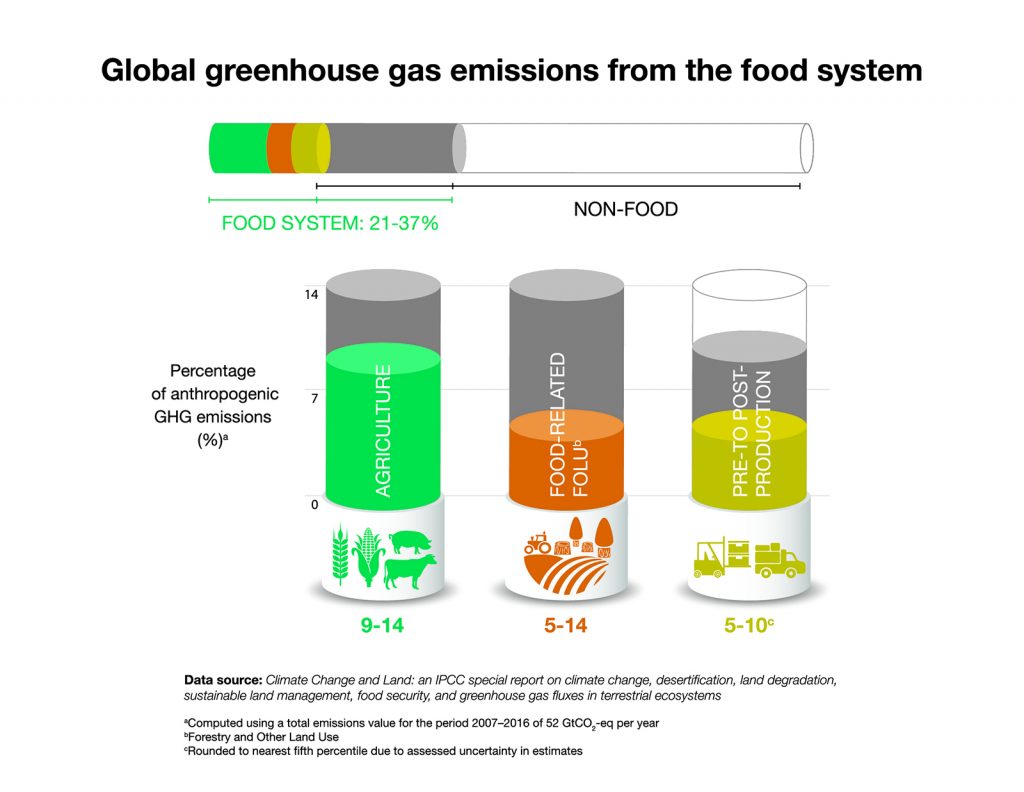Jamal conquered his dreams through maize farming
When we talk about the impact of agricultural research we often rely on numerical metrics: percent increase in yield, percent decrease in crop loss, adoption rates, etcetera. For farmers on the ground, however, the impact can be much harder to boil down to a few numbers. Hiding behind every statistical table are real stories of dreams dashed or fulfilled, of everyday people trying to survive and flourish.
A new educational video powerfully dramatizes this point through the story of Jamal Mia and his daughter Rupa. Jamal’s dreams to own a house and see Rupa enroll in college are threatened when his maize crop is attacked by fall armyworm. An encounter with an agricultural extension officer puts Jamal on track to tackle the infestation, save his crop and secure his family’s wellbeing.
The video was developed by CIMMYT with support from Bangladesh’s Department of Agricultural Extension and the Bangladesh Wheat and Maize Research Institute (BWMRI), as part of a project titled “Fighting back against fall armyworm in Bangladesh.” Supported by USAID’s Feed the Future Initiative and Michigan State University, this CIMMYT-led project works in synergy with the Cereal Systems Initiative for South Asia (CSISA) and with national partners to mitigate the impact of this invasive pest on smallholder farmers’ livelihoods.
The video was filmed in Dinajpur district, Bangladesh, and is available in Bangla with English captions.
